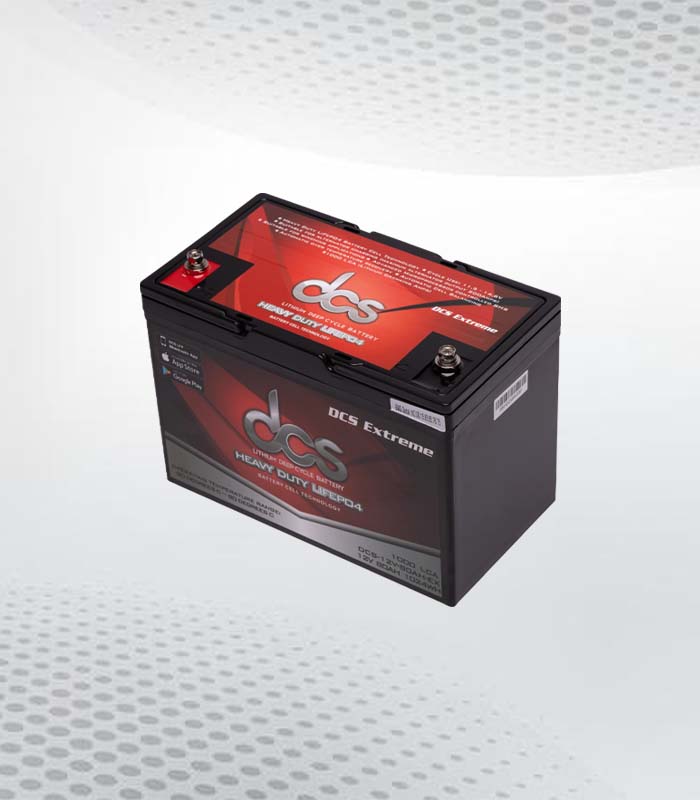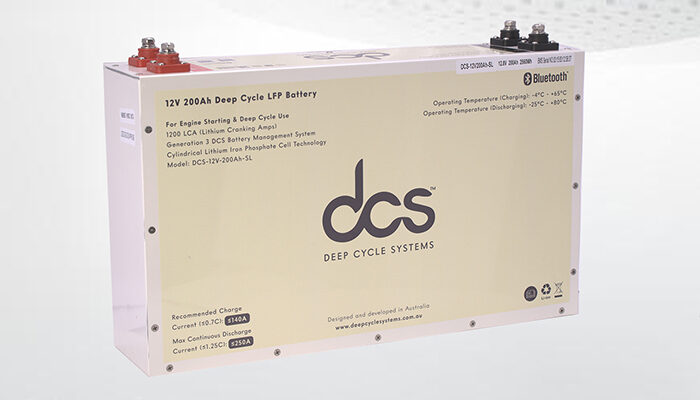The pursuit of home comfort often leads individuals to explore various heating solutions. Among these, the far infrared heater stands out for its ability to provide efficient warmth without the drawbacks associated with traditional heating methods. By harnessing the power of infrared radiation, these heaters create a cosy environment that enhances overall comfort within the home.
Understanding How Far- infrared heaters Work
Far- infrared heaters emit infrared radiation, which warms objects and individuals directly within a room rather than merely heating the surrounding air. This approach mimics the natural warmth of sunlight, making it an effective method for creating a cosy atmosphere.
Unlike conventional heaters that depend on convection, which can lead to uneven temperature distribution and drafts, far- infrared heaters use radiant heat for more consistent and efficient warming.
The emitted infrared waves penetrate surfaces and bodies, generating a gentle and even heat distribution that enhances comfort. This radiant heat method results in quicker warming and maintains a stable room temperature, providing an environment that feels naturally warm and inviting.
Key Benefits of Using Far- infrared heaters in the Home
Far- infrared heaters are known for their high energy efficiency; unlike traditional heating systems that heat the air, they warm objects and people directly. This method reduces energy loss and ensures that more electricity is converted into usable heat, lowering energy bills.
Improved Air Quality
Far- infrared heaters do not rely on convection to circulate warm air. This results in minimal disturbance of dust and allergens, contributing to better indoor air quality. Individuals with allergies or respiratory issues can particularly benefit from this feature.
Quick and Even Heating
One of the standout features of far- infrared heaters is their ability to provide quick and even heating. These heaters eliminate cold spots and drafts by directly warming surfaces and people, creating a consistently comfortable environment.
Enhanced Comfort
The heat produced by far- infrared heaters feels more natural and comfortable, similar to the warmth of sunlight. This heat can penetrate the skin, providing a soothing and relaxing sensation.
Low Maintenance
Far- infrared heaters generally require less maintenance compared to traditional systems. Simple periodic cleaning and occasional checks ensure they operate efficiently for many years.
Versatility
These heaters come in various models and designs, making them suitable for home settings. Whether one prefers wall-mounted units, portable heaters, or ceiling panels, there is a far- infrared heater to meet every need.
Comparing Far- infrared heaters with Traditional Heating Systems
When evaluating far- infrared heaters alongside traditional heating systems, significant distinctions emerge. Conventional systems typically utilise convection heating, which warms the air and can result in draughts and uneven temperature distribution.
This method requires more energy to maintain consistent warmth, leading to higher energy costs. Far- infrared heaters, in contrast, provide warmth through radiant heat, which directly warms objects and people. This direct heating method ensures a more even and comfortable temperature, reducing energy consumption and enhancing efficiency.
Additionally, traditional heating systems can circulate dust and allergens, affecting indoor air quality, whereas far- infrared heaters contribute to a cleaner, healthier environment. The operational noise levels also differ, with far- infrared heaters generally quieter than the often noisy traditional systems.
Health Benefits Associated with Far Infrared Heating Technology
Far infrared heating technology offers a range of health benefits, making it a valuable addition to any home. The heat produced can improve blood circulation, aiding in the relief of muscle tension and chronic pain.
This makes far- infrared heaters an excellent option for individuals with arthritis or muscle stiffness. The gentle warmth also promotes relaxation, which can help reduce stress and improve overall mental well-being.
Additionally, far- infrared heaters maintain indoor air quality by minimising the circulation of allergens and dust, benefiting those with respiratory issues or allergies. These heaters create an environment conducive to better health and well-being by providing consistent and comfortable heat.
Installation Considerations for Far- infrared heaters
When planning to install a far infrared heater, it is crucial to assess the size of the area that requires heating, as this will determine the appropriate heater wattage and positioning. Ensuring that there are adequate electrical outlets is essential for safe operation.
Many far- infrared heaters are designed for straightforward plug-and-play installation; however, for larger units or comprehensive home systems, consulting with an electrician is advisable to ensure proper setup and safety.
Placement is key for achieving optimal heat distribution, so it is recommended to install the heater in a location that maximises coverage while avoiding obstructions. Additionally, checking local building codes and regulations can help ensure compliance and safe installation.
Energy Efficiency and Cost Savings of Far- infrared heaters
Far- infrared heaters convert nearly 100% of their electrical energy into heat. This high conversion rate means less energy is wasted, lowering utility bills. These heaters use energy more effectively by directly warming people and objects rather than heating the air.
Lower Energy Bills
Efficient energy use in far- infrared heaters translates to noticeable cost savings. Homeowners can experience a reduction in their monthly energy expenditures as these heaters require less electricity to maintain comfortable temperatures.
Targeted Heating
Far- infrared heaters allow for zoned heating, meaning they can focus on areas that need warmth. This capability minimises energy usage by reducing the need to heat unoccupied spaces, further contributing to cost savings.
Reduced Heat Loss
Since far- infrared heaters warm objects and surfaces directly, the heat remains in the room. This reduces the heat lost through walls, windows, and ceilings, making heating more efficient.
Peak Load Reduction
Peak energy demand during colder months can strain the electrical grid. Far- infrared heaters mitigate this issue by consuming less energy, thus contributing to a more balanced energy demand and potentially lowering peak-time energy costs.
Long-term Savings
Far- infrared heaters’ durable nature and low maintenance requirements mean fewer replacements and repairs. Their longevity adds another layer of cost savings over time, making them a financially sound investment.
Different Types and Models of Far- infrared heaters Available
Various types of far- infrared heaters are available, each tailored to meet different heating needs and preferences. Wall-mounted units are popular for saving floor space and providing a sleek, discreet heating solution. Portable floor heaters offer flexibility, allowing users to move the unit between rooms as needed for targeted warmth.
Infrared heating panels are another versatile option, capable of being installed on both ceilings and walls, providing a discreet and aesthetically pleasing heating method. Additionally, some models are designed to resemble traditional radiators, blending seamlessly into existing home décor. Each type comes in various wattages and designs, allowing consumers to select the best fit for their requirements and room sizes.
Maintenance and Longevity of Far- infrared heaters
Far- infrared heaters are valued for their minimal maintenance requirements. Regular dusting is usually enough to keep the heater running efficiently. Occasional inspections of electrical connections ensure that the unit operates safely and effectively.
Unlike traditional heating systems, which may require frequent servicing and part replacements, far- infrared heaters are constructed with durable components that withstand years of use.
High-quality models often include safety features such as overheat protection, further enhancing longevity. With basic upkeep, these heaters can provide consistent warmth for over a decade, making them a reliable and cost-effective choice for long-term home heating.
Environmental Impact of Using Far- infrared heaters
The environmental benefits of far- infrared heaters are significant due to their energy-efficient design, which substantially reduces overall energy consumption and greenhouse gas emissions. By converting nearly all consumed electricity into heat, these heaters minimise wastage and decrease the reliance on fossil fuels, leading to a lower carbon footprint.
Additionally, many far- infrared heaters are manufactured with environmentally friendly materials, enhancing their sustainability profile. Unlike traditional heating systems, which can release pollutants into the air, far- infrared heaters maintain indoor air quality without contributing to external environmental pollution. This makes them a greener alternative for home heating, aligning with eco-conscious lifestyles and promoting a healthier planet.
How to Choose the Right Far- infrared heater for Your Home?
Choosing the right far infrared heater involves assessing several key factors to ensure optimal performance and satisfaction. Begin by evaluating the space size that needs heating; larger areas require heaters with higher wattages to provide adequate warmth.
Energy efficiency ratings are crucial, as they impact long-term operating costs and environmental impact. Look for heaters with high-efficiency ratings and features such as programmable timers and thermostats to help manage energy consumption effectively. The heater’s aesthetic appeal should not be overlooked either; various designs and finishes are available to match different interior styles, ensuring the heater complements the home decor.
Safety features are another essential consideration. Models with overheat protection and cool-touch surfaces can enhance household safety, particularly in homes with children or pets. Noise levels should also be considered, especially if the heater will be used in living spaces or bedrooms where a quiet environment is preferred.
Finally, it’s beneficial to review customer feedback and manufacturer warranties to gauge the heater’s reliability and durability. Reputable brands often provide comprehensive warranties, which can offer peace of mind regarding the product’s longevity and performance. Considering these factors, one can select a far- infrared heater that meets specific heating needs and preferences.
Conclusion
The far infrared heater offers a sophisticated approach to modern home heating. Its ability to warm objects and people directly, rather than merely heating the surrounding air, ensures a more consistent and pleasant temperature. This technology not only enhances indoor comfort but also promotes better air quality by minimising the circulation of dust and allergens. With various models and designs, far- infrared heaters can seamlessly blend into different home settings while providing targeted and efficient heating.
FAQs
How safe are far- infrared heaters for home use?
Far- infrared heaters are generally very safe for home use. Many models have safety features such as overheat protection and cool-touch surfaces. They operate without combustion, reducing the risk of fire hazards and ensuring safer indoor air quality. To maximise safety, it’s always advisable to follow manufacturer guidelines for installation and use.
Do far- infrared heaters require a lot of maintenance?
Far- infrared heaters require minimal maintenance compared to traditional heating systems. Regular dusting and occasional inspections of electrical connections are typically sufficient to keep them running efficiently. Their durable construction and minimal moving parts contribute to their longevity, reducing the need for frequent servicing and repairs.
Can far infrared heater be used in any room of the house?
Far infrared heater is versatile and can be used in various rooms, including living areas, bedrooms, and bathrooms. They come in different models, such as wall-mounted units, portable heaters, and ceiling panels, making it easy to choose a design that fits any room’s specific needs and layout. It is important to consider the room size and heater wattage to ensure effective heating.
| Related Business Listings |
| Contact Directory |
| Local Business Profiles |




